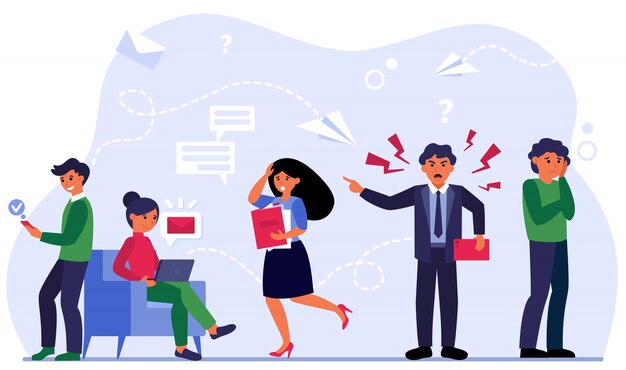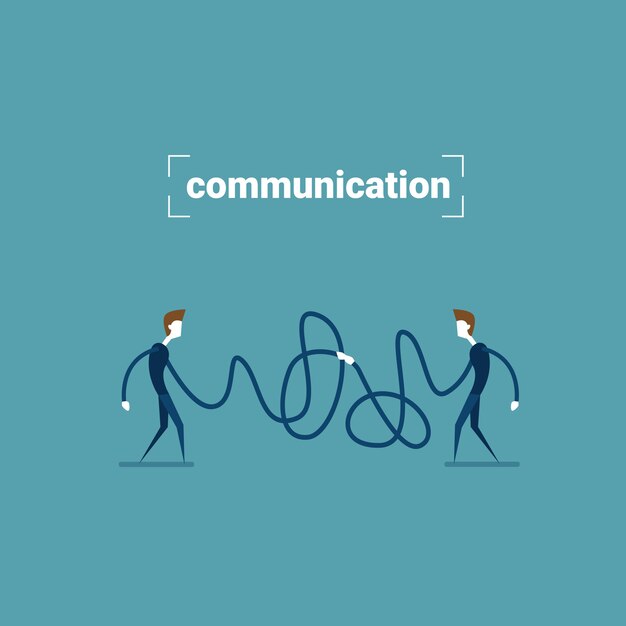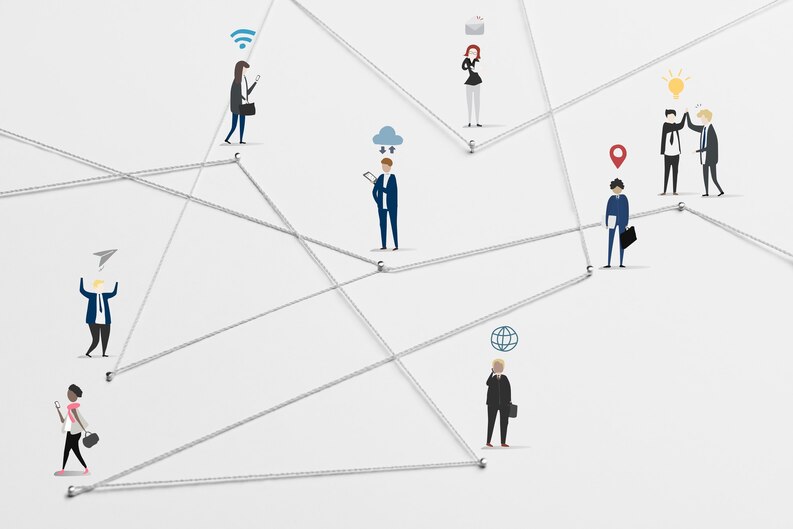Emergency circumstances allude to occasions or conditions that represent a critical danger to people, networks, or associations. These can incorporate catastrophic events, crises, common distress, or any circumstance that upsets typical working and requires prompt consideration. At such crucial points in time, the powerful correspondence becomes essential.
Clear and opportune correspondence guarantees the spread of significant data, coordination of reaction endeavors, and the capacity to settle on informed choices. It limits disarray, forestalls alarm, and works with effective asset allotment. Compelling correspondence during emergency circumstances can save lives, give consolation, and cultivate a feeling of flexibility among those impacted.
Importance of Tactical Communication in Crisis Situation
Powerful correspondence is critical in emergency circumstances, particularly concerning strategic activities. Clear and succinct correspondence can mean the contrast between progress and disappointment, and, surprisingly, life and demise. Here are a few key motivations behind why strategic correspondence is of most extreme significance in emergency circumstances:
- Coordination. Strategic correspondence guarantees smooth coordination among colleagues, empowering them to cooperate flawlessly and proficiently.
- Situational Awareness. It helps in keeping up with situational mindfulness by sharing ongoing data, updates, and knowledge, considering informed navigation.
- Risk Mitigation. Strategic correspondence helps with recognizing & moderating dangers, as colleagues can transfer expected dangers & perils to one another quickly.
- Command & Control. It works with compelling order and control by empowering pioneers to give clear directions and get input from their groups.
In emergency circumstances, strategic correspondence is the help that guarantees the well-being and progress of the mission. Its significance couldn’t possibly be more significant, making it an imperative part of the emergency board and reaction.
Understanding Crisis Situation
Emergency circumstances are high-stress, time-delicate occasions that require prompt consideration and reaction. They can go from catastrophic events and psychological militant assaults to monetary emergencies and general well-being crises. To successfully deal with an emergency, having a reasonable comprehension of its tendency and implications is urgent. Acknowledge yourself with the following crisis situations:
- Context. Understanding the unique situation and foundation of the emergency gives bits of knowledge about its causes, likely effects, and potential arrangements.
- Stakeholders. Distinguishing the partners in question and impacted by the emergency helps in deciding the best way to deal with correspondence and coordination.
- Risk Assessment. Evaluating the dangers related to the emergency empowers proactive measures to be taken to moderate possible damage.
- Communications. Laying out powerful correspondence channels with applicable partners works with the dispersal of data & coordination of reaction endeavors.

By fathoming the different parts of an emergency circumstance, pioneers and responders can go with informed choices, designate assets successfully, and execute proper measures to moderate the effect and achieve the goal.
Tactical Communication Strategies
In high-stakes and dynamic conditions, strategic correspondence methodologies assume an essential part in guaranteeing powerful coordination, quick reaction, and mission achievement. Here are key methodologies to improve strategic correspondence:
- Clear & Concise Messages. Convey utilizing clear, brief, and unambiguous language to limit errors and empower quick activity.
- Standardized Procedures. Lay out normalized correspondence conventions & techniques to guarantee consistency and work with a consistent data stream.
- Active Listening. Effectively pay attention to comprehend the messages being passed on, advancing better cognizance and reaction.
- Use of Codes & Signals. Execute codes and motions toward passing on data rapidly and prudently, particularly in circumstances where secrecy is fundamental.

Embracing these strategic correspondence techniques improves situational mindfulness, advances compelling direction, and encourages consistent cooperation among colleagues, at last prompting mission progress in emergency circumstances.
Choosing the Right Communication Tools
Compelling correspondence is fundamental for effective coordinated effort and efficiency in any setting. While choosing specialized apparatuses, it’s essential to consider the particular requirements of your group and the idea of the work being finished. Here are a few critical elements to consider while picking the right specialized devices:
- Purpose. Decide the main role of correspondence, for example, continuous informing, video conferencing, record sharing, or tasks of the executives.
- Accessibility. Guarantee the apparatus is effectively open to all colleagues, whether they are in the workplace, remote, or working across various time regions.
- Scalability. Consider the adaptability of the instrument to oblige development and expand group size.
- Integration. Evaluate whether the device can coordinate with other fundamental programming and stages currently being used by your group.

Examples of well-known specialized instruments incorporate Leeway, Microsoft Groups, Zoom, Google Meet, Trello, and Asana. Via cautiously assessing your group’s requirements and taking into account these elements, you can choose the most appropriate specialized instruments to upgrade coordinated effort and productivity inside your association.
Overcoming Communication Challenges
Viable correspondence is fundamental for efficiency, joint effort, and effective results. Be that as it may, different difficulties can block correspondence inside groups and associations. Here are procedures to beat normal correspondence challenges:
- Cultural & Language Barriers. Cultivate a comprehensive and various climate that qualities and regards various dialects and societies. Give language preparation and urge open exchange to connect correspondence holes.
- Remote Communications. Lay out clear rules and conventions for far-off correspondence, including the utilization of video conferencing devices, standard registrations, and successful documentation and sharing of data.
- Ambiguity & Misunderstandings. Practice undivided attention and energize open and straightforward correspondence. Explain assumptions, request explanations when required, and utilize various channels to pass on significant messages.
- Time Zone Differences. Find covering working hours to oblige groups in various time regions. Influence offbeat specialized instruments and lay out clear reaction time assumptions.

By being proactive & versatile, and cultivating a strong correspondence climate, groups can defeat difficulties and further develop general correspondence viability, prompting improved joint effort and achievement.
Wrapping It Up
The article talks about a few significant parts of strategic correspondence, emergency circumstances, correspondence techniques, picking the right specialized devices, and conquering correspondence challenges. Strategic correspondence is significant in emergencies, empowering coordination, situational mindfulness, risk alleviation, etc.
Understanding the unique situation and partners engaged in an emergency is fundamental for viable administration. Choosing the fitting specialized devices in light of direction, openness, adaptability, combination, and ease of use is significant.



